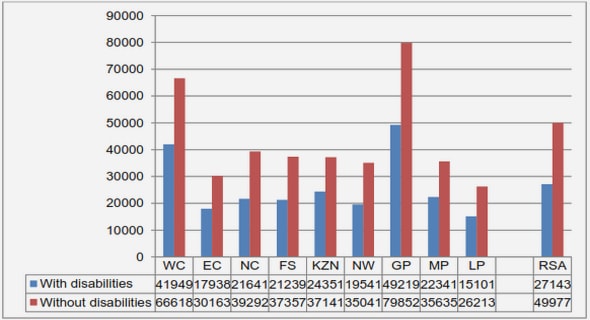(Downloads - 0)
For more info about our services contact : help@bestpfe.com
Table of contents
Introduction
1 Context and goal of this work
1.1 Technological context
1.1.1 3D sequential integration
1.1.2 Low thermal budget process
1.1.2.1 Amorphization
1.1.2.2 Recrystallization
1.1.3 Challenges for junction formation
1.1.3.1 Amorphization engineering
1.1.3.2 Recrystallization control
1.1.3.3 Influence of End Of Range defects
1.1.3.4 Dopant activation
1.1.3.5 The need of numerical simulation
1.2 Atomistic simulation
1.2.1 Molecular Dynamics methods
1.2.2 Kinetic Monte Carlo methods
1.2.2.1 Transition State Theory (TST)
1.2.2.2 Presentation of MMonCa
1.3 Goal of this work
2 Solid Phase Epitaxial Regrowth of intrinsic silicon
2.1 Background
2.1.1 Thermodynamics and kinetics of crystallization
2.1.1.1 Thermodynamics of amorphous to crystalline transition
2.1.1.2 Kinetics of Solid Phase Epitaxial Regrowth (SPER)
2.1.1.3 Kinetics of Random Nucleation and Growth (RNG)
2.1.2 Anisotropy and defects formation
2.2 LKMC model
2.2.1 Anisotropic growth
2.2.1.1 Implemented model
2.2.1.2 Plane detection
2.2.1.3 The particular case of {100} microscopic configurations
2.2.2 Defect formation
2.3 Planar regrowth
2.3.1 Model calibration
2.3.2 (100) substrate
2.3.3 (110) substrate
2.3.4 (111) substrate
2.4 Multidirectional SPER
2.4.1 Influence of trenches
2.4.2 Regrowth of box–shaped amorphous regions
2.4.3 SPER in FDSOI MOSFETs
2.4.3.1 SPER of x110y–aligned –Si(100)
2.4.3.2 SPER of x100y–aligned –Si(100)
2.5 Summary
3 Impact of stress on Solid Phase Epitaxial Regrowth
3.1 Conventions and notations
3.2 Background
3.2.1 Influence of hydrostatic pressure: the notion of activation volume
3.2.2 Generalization to a non–hydrostatic stress
3.2.2.1 The concept of activation strain tensor
3.2.2.2 A dual–timescale model of stressed SPER
3.3 LKMC Model
3.4 Atomistic simulation of SPER upon stress
3.4.1 In–plane uniaxial stress
3.4.1.1 Regrowth velocity
3.4.1.2 Interface roughness
3.4.2 Normal uniaxial stress
3.4.3 Hydrosatic pressure
3.5 Summary
4 Influence of impurities on Solid Phase Epitaxial Regrowth
4.1 Background
4.1.1 Solid solubility and metastable solubility
4.1.1.1 Solid solubility
4.1.1.2 Metastable Solubility
4.1.2 Impurity–related mechanisms during SPER
4.1.2.1 Impurity–dependent regrowth velocity
4.1.2.2 Impurity redistribution
4.2 Dopant–enhanced regrowth velocity
4.2.1 Analytical modeling
4.2.2 Atomistic LKMC modeling
4.2.2.1 Electrostatic calculation
4.2.2.2 LKMC model
4.2.2.3 Results
4.3 Summary
5 Summary and suggestions for future work
5.1 Summary
5.1.1 Regrowth anisotropy and regrowth–induced defects
5.1.2 Influence of stress
5.1.3 Influence of dopants
5.2 Suggestions for future work
A Amorphous/Crystalline interface extraction
A.1 Interface position
A.2 Interface roughness
A.3 Interface velocity
B Numerical solution of the 3D Poisson equation
B.1 Linear Poisson equation
B.2 Non-linear Poisson equation
Résumé en français
Introduction
Chapitre 1: Contexte et but de ce travail
Chapitre 2: Recristallisation par épitaxie en phase solide du silicium intrinsèque
Chapitre 3: Impact de la contrainte sur la recristallisation par épitaxie en phase solide
Chapitre 4: Influence des impuretés sur la recristallisation par épitaxie en phase solide
Conclusion et suggestions pour les recherches futures
Bibliography
List of communications



